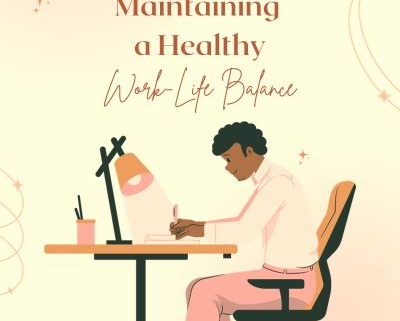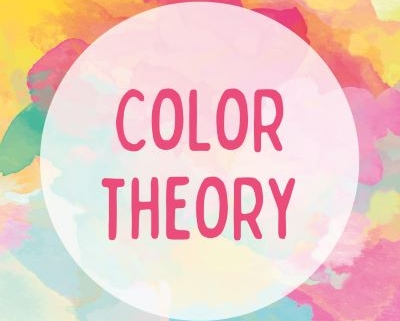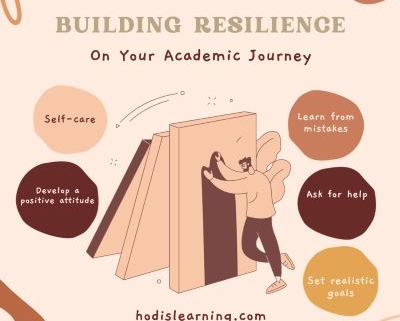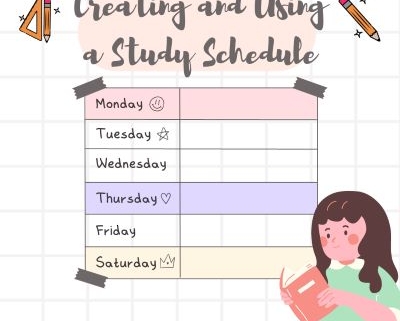Maintaining a healthy work-life balance is essential for students to ensure overall well-being and academic success. Use our guide below to help you balance school and life.
Manage Your Time
- Create a daily or weekly schedule that includes study time, extracurricular activities, and personal time. Use tools like planners or digital apps to organize tasks and deadlines.
- Identify and prioritize tasks based on urgency and importance. Then, break your larger tasks into smaller chunks to avoid feeling overwhelmed.
Manage Your Time
- Utilize active studying techniques such as summarizing information in your own words or teaching concepts to someone else. These are far more effective than highlighting or making flash cards.
- Instead of cramming for exams the night before, spread out your studying over a longer period of time. This will help you remember information better and ensure that you are properly rested before your exam.
Make Time for Self-Care and Relaxation
- Make time for regular physical activity as a student, whether it’s through playing sports, going to the gym, or simply taking a walk. Exercise is not only beneficial for physical health but also for reducing stress and improving your mood.
- Consider starting a mindfulness or meditation practice to help you relax and manage stress. There are plenty of apps and online resources to utilize as you start meditation, like Headspace and Calm.
- Make sure you are getting enough sleep. Getting good quality sleep can have a positive effect on your mental health, memory retention, and academic performance.
- Make some time for hobbies and activities you enjoy outside of academics. Engaging in hobbies can provide a mental break, allow time for relaxation, and foster creativity.
Maintain Social Connections
- Engaging in meaningful social interactions provides emotional support and can reduce stress. Quality time with friends, family, coworkers, and classmates can contribute to increased happiness and improved mental health.
Utilize Support Services
- If you need extra help, look into counseling or tutoring to help you manage school and stress. School counselors can provide support and advice for how to manage overwhelming feelings that might come from trying to succeed in school and balance your life.
- Tutors can help you if you are struggling in a class or just need extra help preparing for an exam.
Remember that maintaining a healthy work-life balance is an ongoing process. It won’t always be easy and sometimes, you might not have the balance you want. Keep working at it and don’t be afraid to ask for help if you need it.
Hodis Learning & Music provides expert, individualized academic tutoring and academic coaching to students of all ages and backgrounds, helping them master course material and optimize academic performance. Learn more about our services by calling or emailing us today!










